Disclosure: Meeple Mountain received a free copy of this product in exchange for an honest, unbiased review. This review is not intended to be an endorsement.
It’s no secret that we here at Meeple Mountain are fans of legendary designer Reiner Knizia. I recently covered one of his earlier masterpieces, Modern Art, and most of our writers have reviewed at least one of his games. To call him prolific would be a gross understatement. He’s designed so many games, in fact, that our own Andrew Holmes has taken on the task of writing about the Reiner Knizia alphabet.
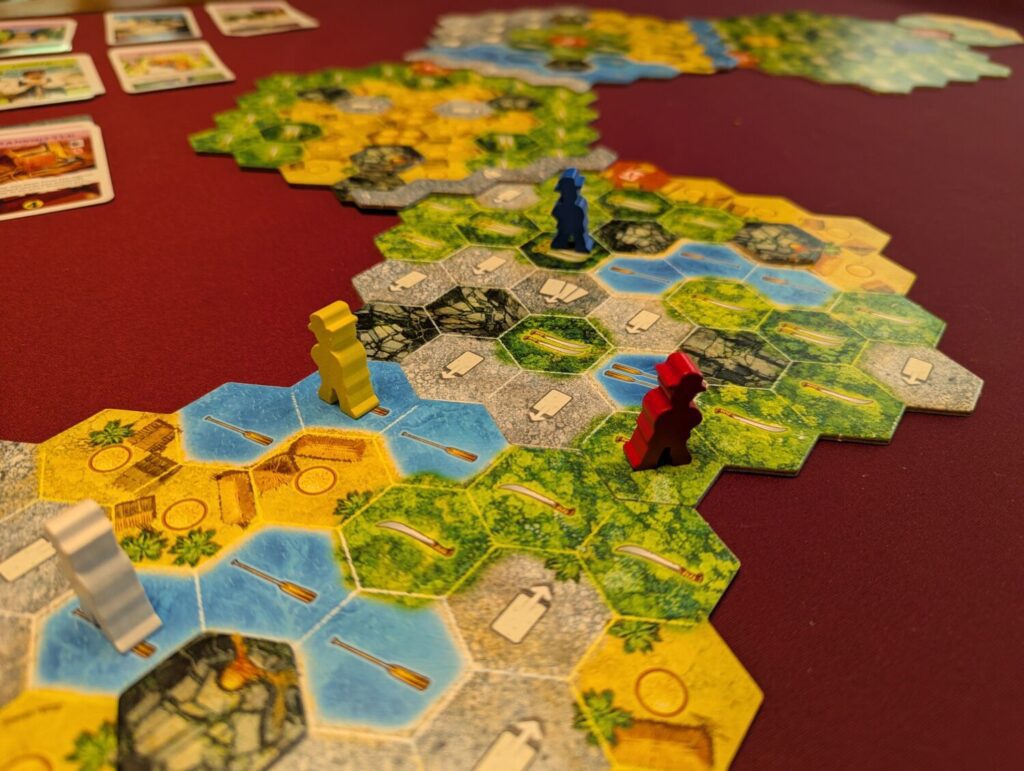
At the risk of tipping my hat, I was already very familiar with Knizia’s 2017 game The Quest for El Dorado. I’ve played it countless times and have taught it at Gen Con for several years. Given that we didn’t have a proper review of the game on our site and that its publisher, Ravensburger, was willing to send me a copy of a recent, updated version (with new components and artwork), the opportunity was perfect to remedy that situation.
They Will Catch Me if I Dare Drop Back
Over the 40 years that Dr. Knizia has been creating games, he’s tackled almost every mechanic you can think of–some more often than others–but in 2017 he had yet to take on the popular deck-building genre, seen in games like Dominion and Star Realms. So, as if to prove he could put his own unique take on any category within tabletop gaming, he just went ahead and made one of the most accessible and fun deck-builders around.
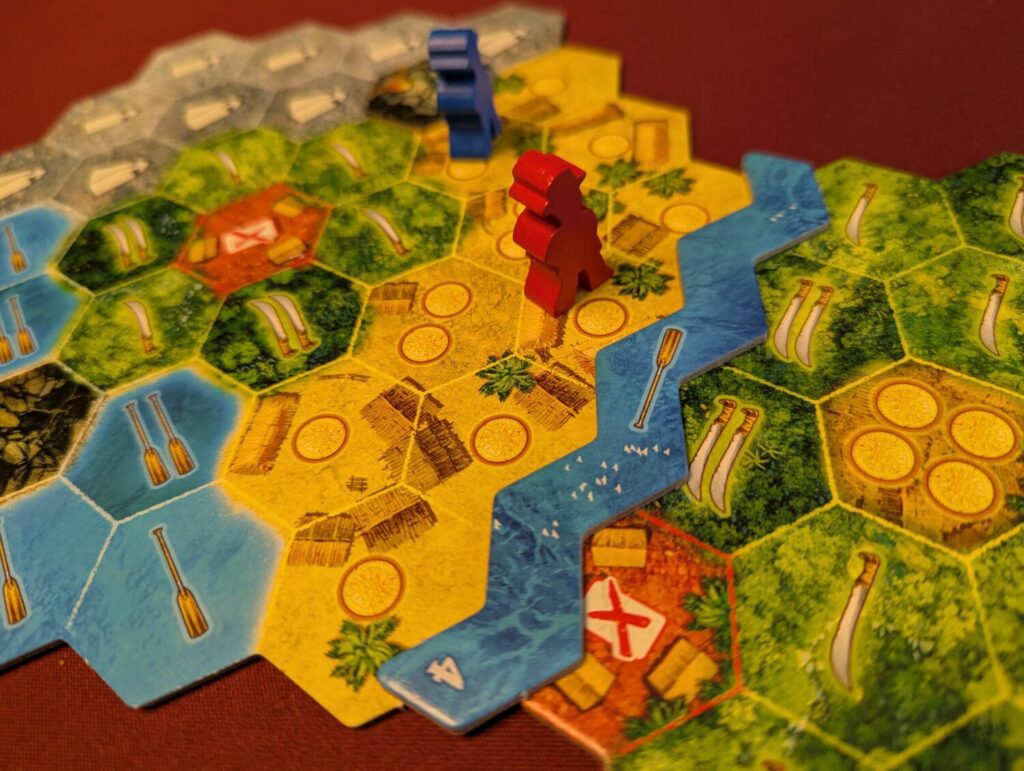
As the title suggests, The Quest for El Dorado is a game where players take on the role of Indiana Jones-like explorers attempting to be the first to discover the mythical city of gold. That sure sounds like a racing game…and it is. As far as winning conditions go, that is mostly all it is: be the first person to reach the end of the map. The jungle environment, however, is filled with thick forest, raging waters, and impassable mountains, so having a way to traverse them more quickly and efficiently than your competitors, is key to reaching El Dorado first. This is where the deck-building element comes in.
Every player begins with the same deck of 7 basic expedition cards in blue, green, and yellow, each of which help you move through the corresponding color tiles on the map, but the starting cards will only get you so far. To make it through the more treacherous areas ahead, you’ll need some help by adding more powerful cards from the shared market. Luckily, the same cards from your hand that you play to pass through the tiles can also be used to purchase one card from the market on your turn, which is added to your discard pile, to be shuffled into your deck later.
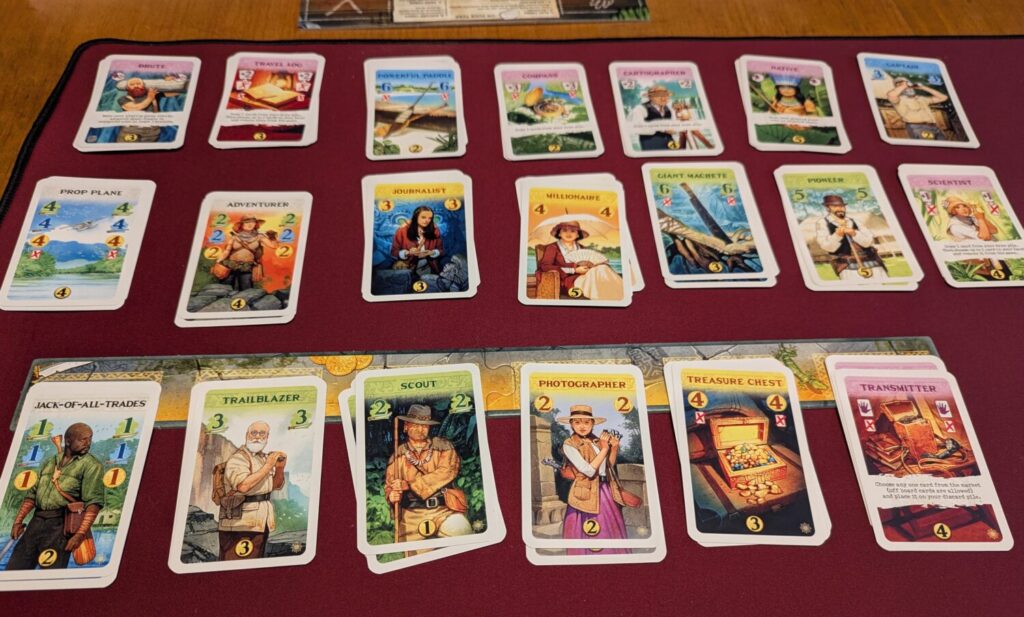
You Better Shop Around
The market itself injects quite a lot of player interaction. There are only 6 spots available in the market for purchase, and the game begins with these spots filled with cards only slightly better than the ones in your starting hand. Every card has one less copy available than the player count, so if you want one, you’ll need to act quickly. Once a card type is depleted, however, the next player to purchase can choose any of 12 other (more expensive and powerful) card stacks to replace it, so there’s also an advantage to being patient.
But, at its core, this is still a racing game, so you don’t want to get too caught up improving your deck while your opponents are moving ahead of you to reach El Dorado. The reason this game works so well for both casual and experienced players is that the deck-building element is a feature and not the core gameplay to winning. It is one of the best games for teaching deck-building to those unfamiliar with the mechanic because the value of upgraded cards is simple to understand–it’s all in service of getting to the end-point faster. Whether that’s adding higher value traversal cards or ones that let you shed some of the weaker, starting cards from your deck, the point is still speed and efficiency, to make yourself faster and stronger than your fellow explorers.

Switch it up like Nintendo
One of my favorite aspects of The Quest for El Dorado is the variability to each game right out of the box. Other than the starting tile and El Dorado, you can arrange the 6 large and 2 small double-sided terrain tiles in between to create a map that suits your needs for both time and complexity. You can decide to use only a few of the tiles if you’re looking for a shorter, filler game or play with all 8 for a longer, more epic expedition. The rulebook gives some arrangement suggestions, but I found the random draw to be the most fun, making each game a little different, even with the same group of players.
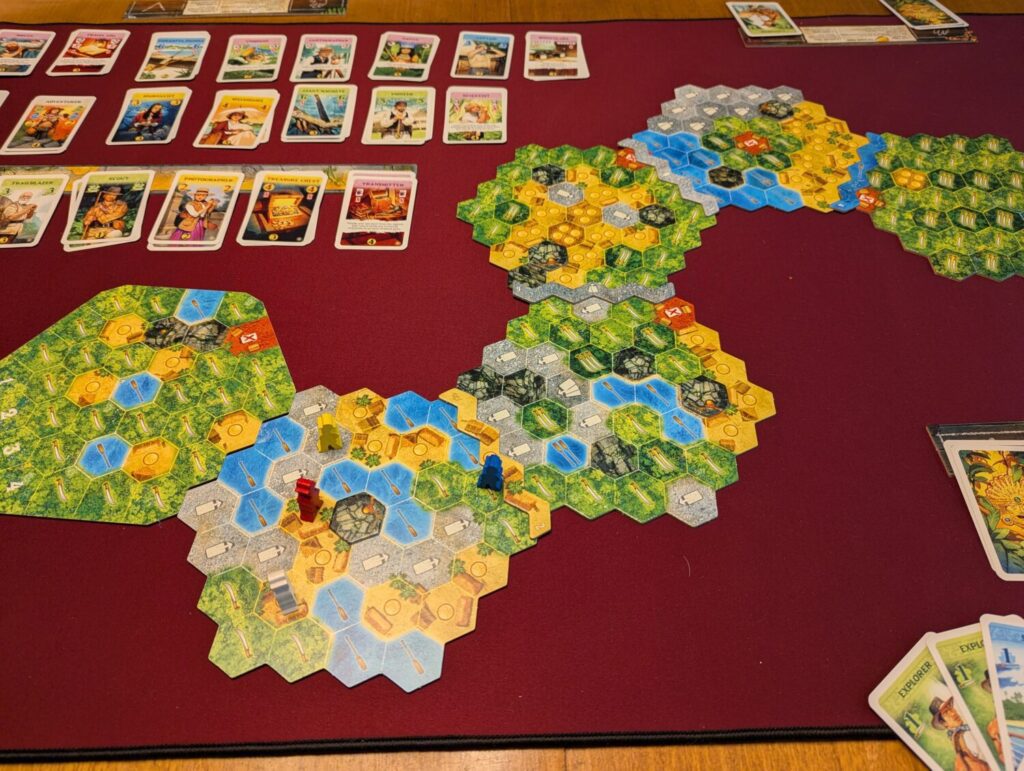
Also included is a Cave Variant, which simply adds some single-use treasure tokens (with powers similar to those on the regular cards) scattered across the map that you can pick up if you’re willing to make a little detour on your trek. The variable setup adds to the range of possibilities for each game without any rules overhead, making it adaptable to both new and experienced players.
Size Matters
This updated 2020 version from Ravensburger is mostly identical to the original 2017 version with a couple key upgrades. The first you’ll notice is the new artwork, graphic design, and artistic direction by Vincent Dutrait, whose hand-drawn illustrations are absolutely gorgeous, and really bring the theme to life. The second difference (and more significant to actual gameplay) is changing from mini to standard playing card size. For any game that involves a good deal of card shuffling, like deck-builders, those smaller cards in the first edition can be a real annoyance, and so this edition just feels better. Sure, the larger cards take up slightly more table space, but they represent a physically tangible upgrade.
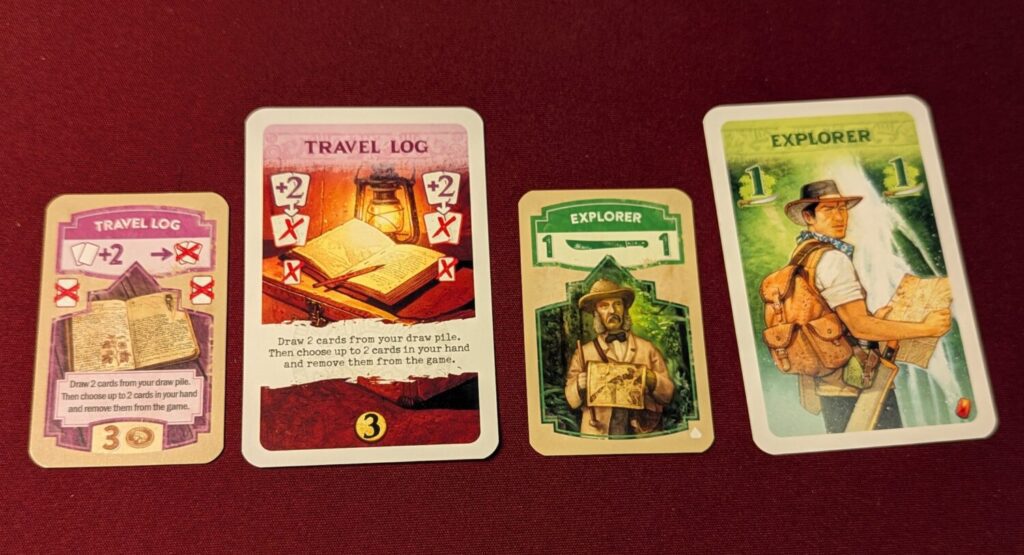
In most cases, those small changes would be enough to whole-heartedly recommend buying the new edition over the original. The reason I’ll be keeping my first edition, however, is that I’m already invested in the 2 excellent expansions (Heroes & Hexes and The Golden Temples) and because of the change in card size, they are not compatible with the new edition. Based on comments from Dutrait, which touch on some of the complications with publishing in different countries, we know he has created artwork for all of the expansions, but (as of this writing) there is still no timetable for their release, at least in the US. But, whichever edition you choose, there’s enough in the base game alone to keep you satisfied.
A Winner is You
As someone who has played a lot of Reiner Knizia’s published games, this is (quite simply) one of his finest. Personally, it is in my top 5 from his immense catalog, and definitely his best original title in the last decade.
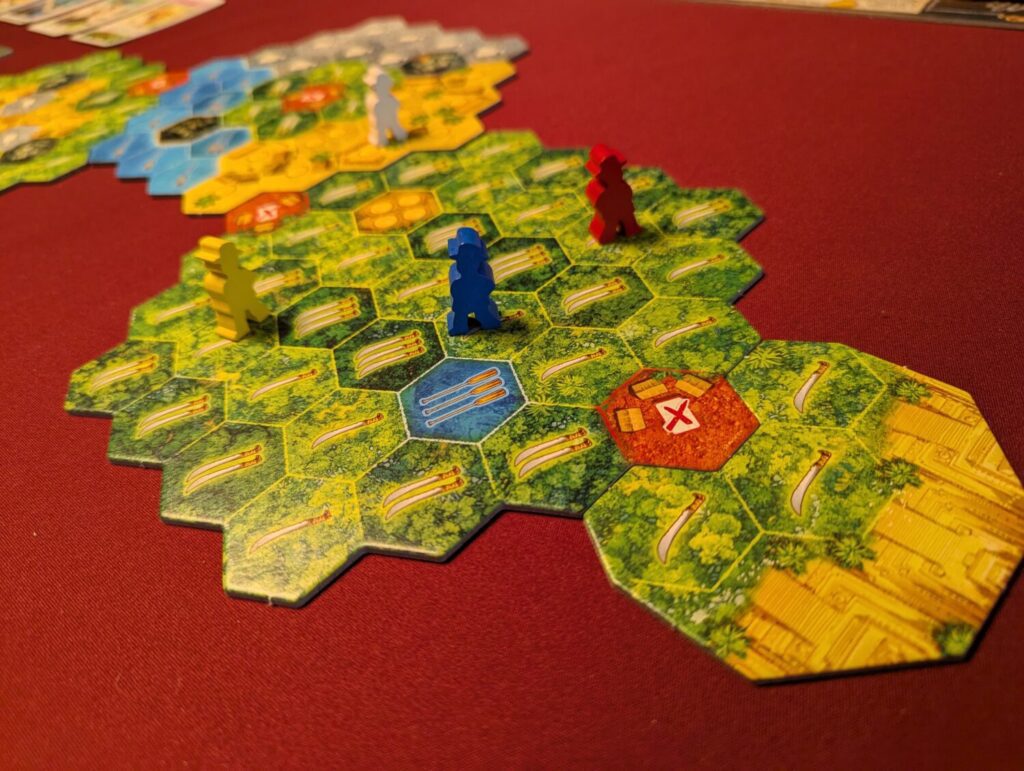
I dislike the word “gateway” when talking about board games, because that assumes a certain skill level or age group, but The Quest for El Dorado is certainly one of the most welcoming games for casual gamers; it’s probably the one game I’ve most often recommended or gifted to friends who are new to the hobby. The rules are fairly simple and all of your actions are printed right on the individual player boards, so there’s no need to be in the rulebook much at all, except to clarify certain cards or tiles. Another term I’m not very fond of, because it’s used far too often, is “modern classic”, but if any game actually deserves the title, it’s The Quest for El Dorado.


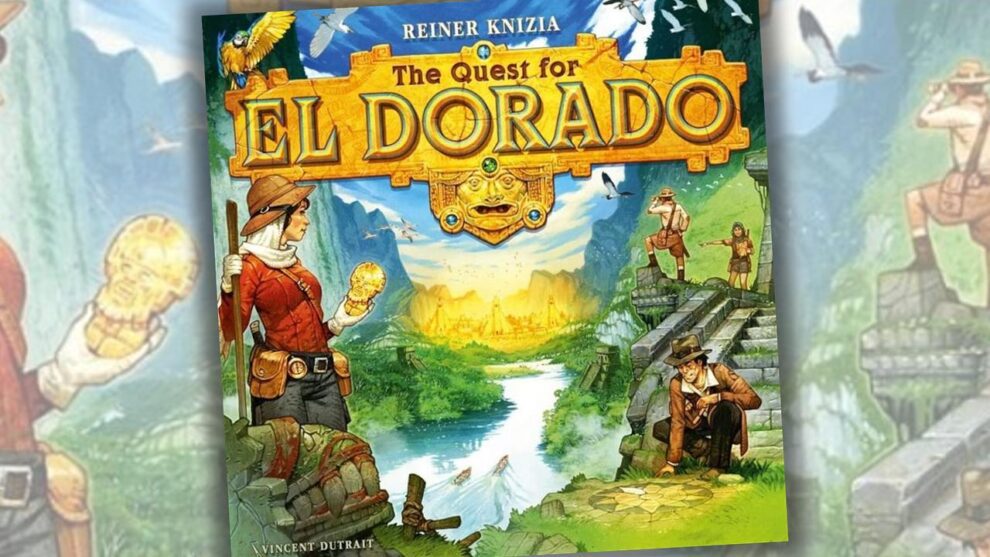

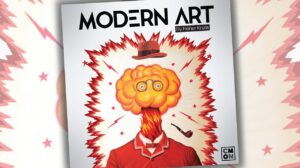

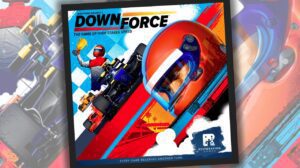



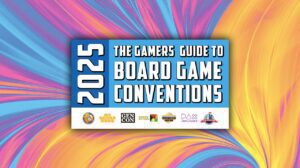

Add Comment